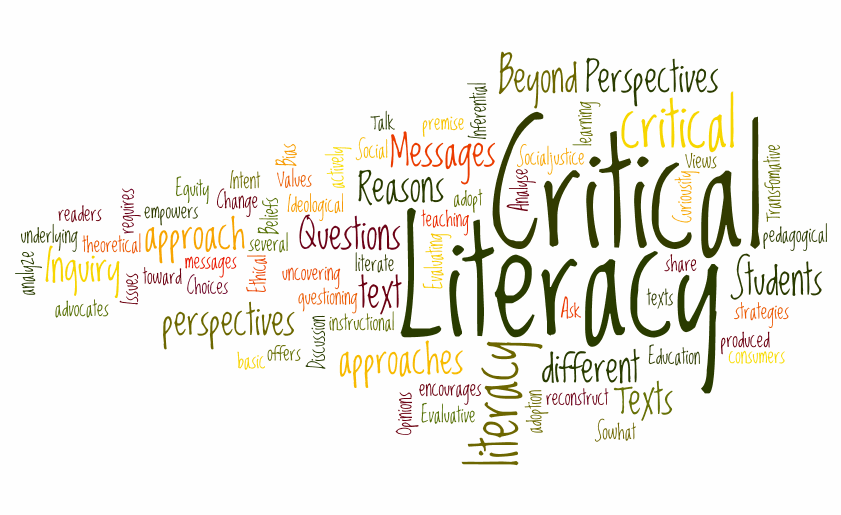Multiliteracies, UDL, DI -How do these all connect?
- Kaitlynn
- Nov 14, 2018
- 2 min read
Updated: Nov 20, 2018
In order to create meaningful learning opportunities for students, we can use students’ interests, their strengths, their learning preferences to create a pedagogy around multiliteracies. As multiliteracies embraces more than just multimodality, students can grow and develop skills that will go far beyond the walls of the classroom, and that will aide them in their future endeavours, such as critical thinking, collaboration, global citizenship, innovation and so on. This differs from the role that UDL and DI play in the classroom. These two are more concerned with creating an even playing field for all students so that they have equal access to learning. They encompass inclusivity, and adapt to student needs.
The goal with Universal Design for Learning is to create safety and accessibility for all students. Without focusing on one individual, UDL attempts to reach each student’s needs for learning, while keeping in mind that what is necessary for some is good for all. As a result, teachers can provide more learning tools and resources that enhance student learning, such as graphic organizers, access to technology, etc.
For Differentiated Instruction, teachers attempt to reach the needs of specific individuals in the classroom by providing multiple ways to learn. This includes allowing choice for receiving content, for showing understanding, and allowing flexibility for the learning environment based on individuals’ preferences. This may also include providing specific accommodations for students that may be on an individualized education plan or modified plan.
Multiliteracies uses all of these together (UDL, DI, etc.) to engage students, to create a student-focused program that allows them to direct their own learning, and to take their learning and bring it into the community. Multiliteracies strives to prepare students today for what we cannot anticipate for the future. It goes beyond just creating an even playing field for learning and multiple ways to learn. It takes what students are learning and provides opportunities to apply their learning to the real world around them. Multiliteracies truly is not just an instructional strategy, yet it is an entire pedagogy that shapes the way we teach.

This image demonstrates the use of UDL (but also has examples of differentiated instruction) in a flipped classroom. What I noticed was the four quadrants from the flipped classroom model reflect the same four quadrants that show how to implement a multiliteracies pedagogy (experience, conceptualize, analyze, and application). I believe this is a great representation of how UDL, DI and multiliteracies interact with each other to create a learning experience around student needs, interests, and strengths.


Comments